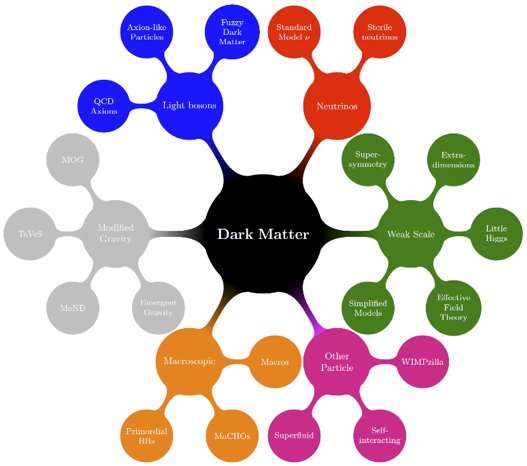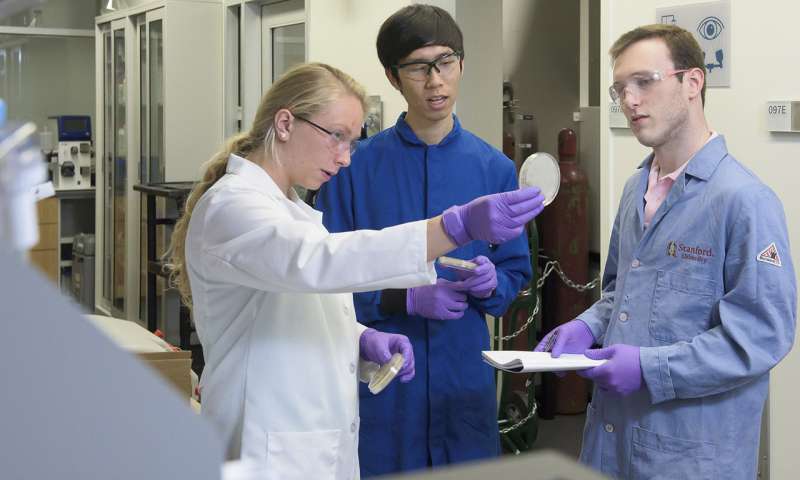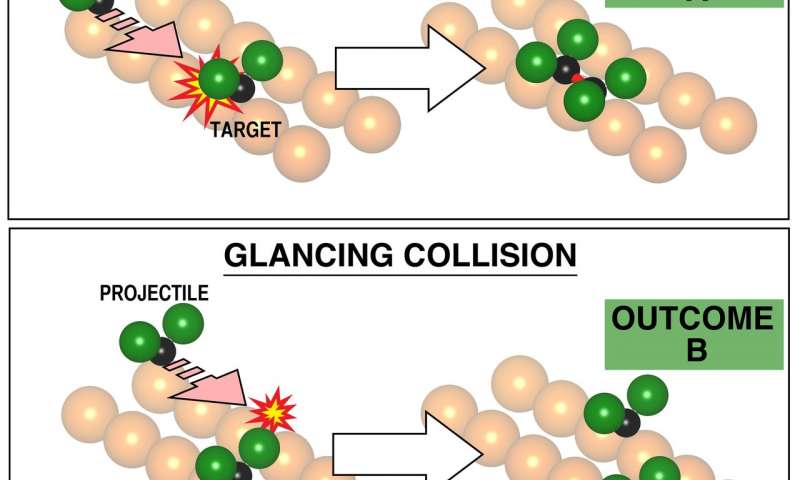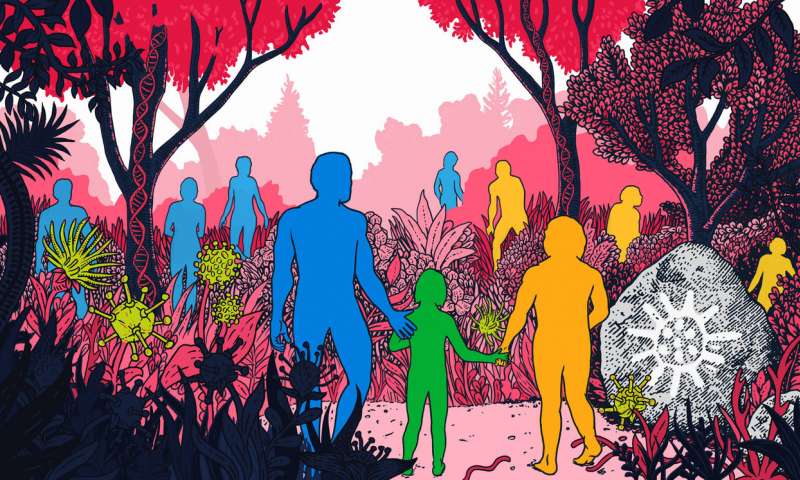Species-rich forests store twice as much carbon as monocultures
Species-rich subtropical forests can take up, on average, twice as much carbon as monocultures. An international research team with the involvement of the University...
First results from Cassini’s final mission phase show protons of extreme energies between the...
Approximately one year ago, a spectacular dive into Saturn ended NASA's Cassini mission—and with it a unique, 13-year research expedition to the Saturnian system....
A new era in the quest for dark matter
Since the 1970s, astronomers and physicists have been gathering evidence for the presence in the universe of dark matter: a mysterious substance that manifests...
Domesticated dogs weren’t man’s only best friend
For centuries dogs and humans have developed close relationships, that in many cases, have solidified each other as family. The close bond between humans...
Gender diversity is linked to research diversity
Maria Filsinger Interrante, Christian Choe, and Zach Rosenthal, aka Team Lyseia, strategize about upcoming experiments to test their new antibiotics. Credit: L.A. Cicero
Women and...
Surprising chemical complexity of Saturn’s rings changing planet’s upper atmosphere
Political humorist Mark Russell once joked, "The scientific theory I like best is that the rings of Saturn are composed entirely of lost airline...
Mechanical engineers develop ways to improve windfarm productivity
You've probably seen them, perhaps on long roadtrips: wind turbines with enormous, hypnotic rolling blades, harnessing the clean power of wind for conversion into...
Why huskies have blue eyes
DNA testing of more than 6,000 dogs has revealed that a duplication on canine chromosome 18 is strongly associated with blue eyes in Siberian...
Chemists advance ability to control chemical reactions
Scientists at the University of Toronto have found a way to select the outcome of chemical reaction by employing an elusive and long-sought factor...
Modern humans inherited viral defenses from Neanderthals
Neanderthals mysteriously disappeared about 40,000 years ago, but before vanishing they interbred with another human species that was just beginning its global spread. As...
VLA sky survey reveals first ‘orphan’ gamma ray burst
Astronomers comparing data from an ongoing major survey of the sky using the National Science Foundation's Karl G. Jansky Very Large Array (VLA) to...















